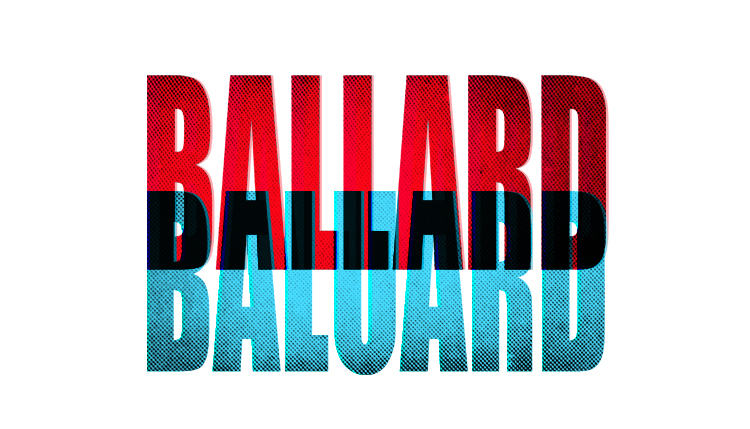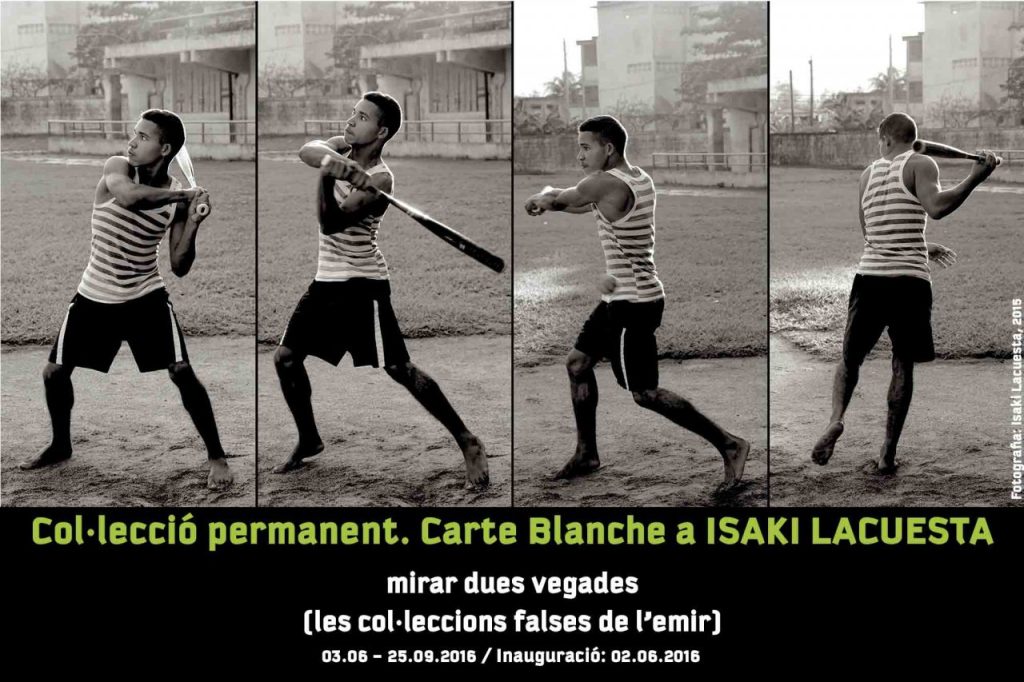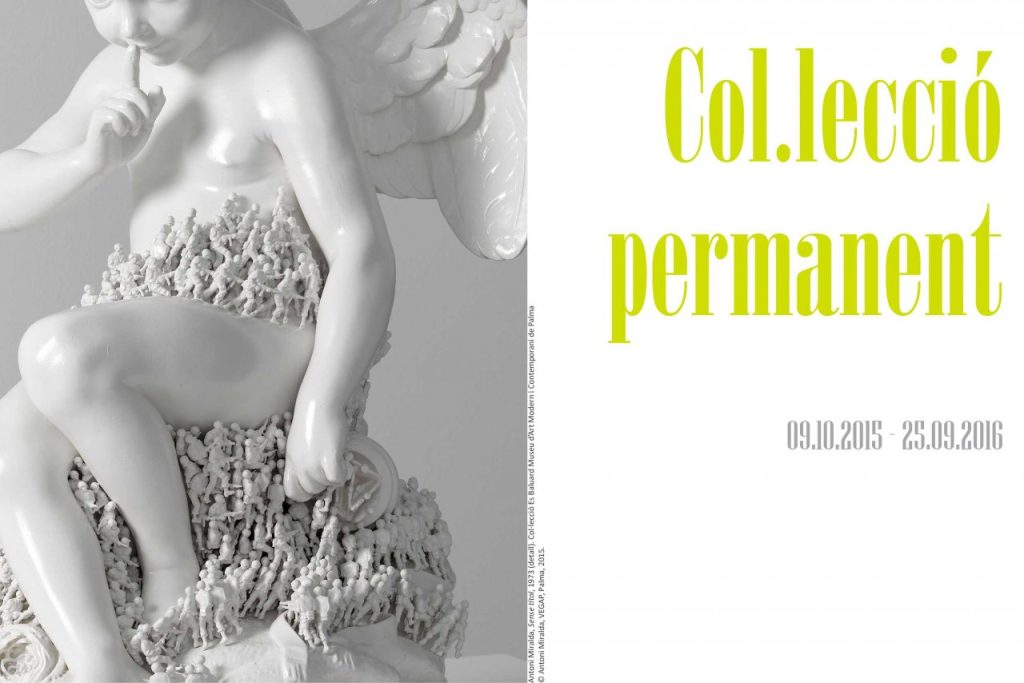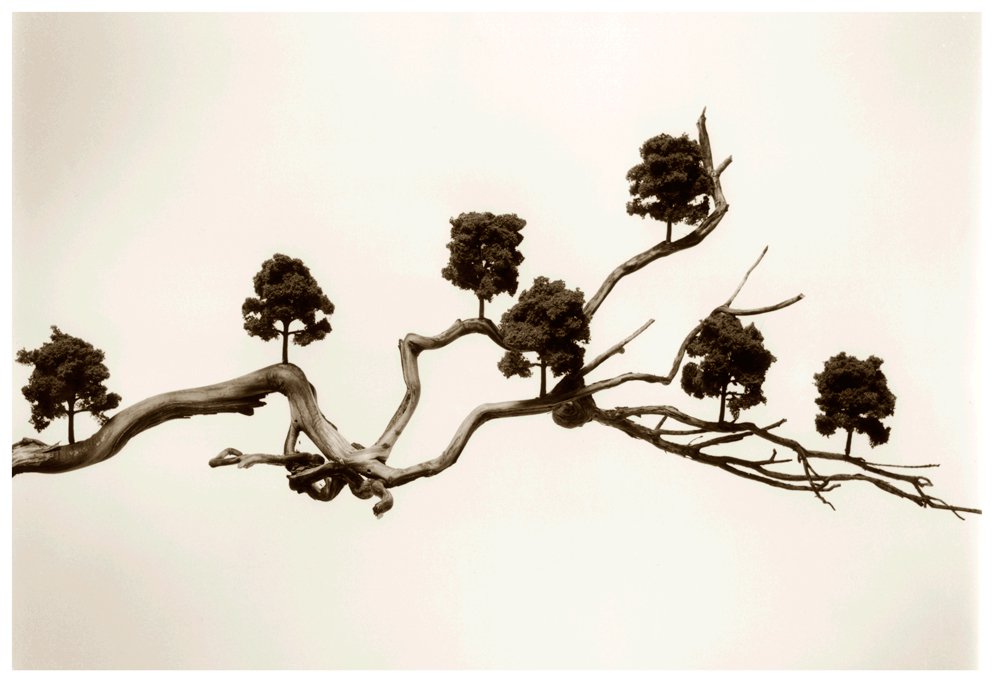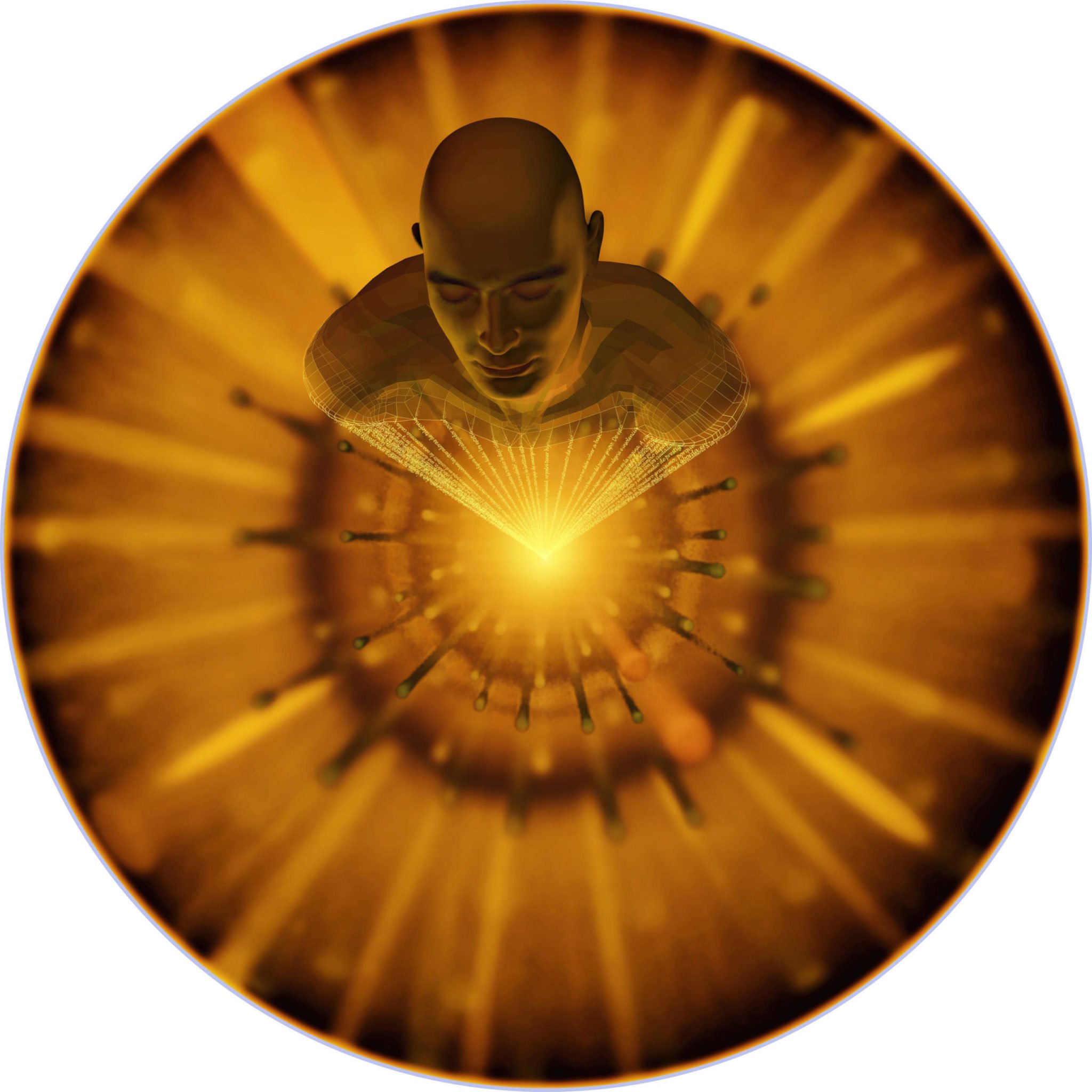
- Artist:
- Marina Núñez
- Date:
- 2003
- Technique:
- Infography on lightbox
- Dimensions:
- 130 x 130 x 25 cm
- Origin:
- Es Baluard Museu d'Art Contemporani de Palma, donated by the artist
- Registration number:
- 790
- Exposed:
- No
In this work, we can see what has been Marina Núñez’s main concern throughout her artistic career, the depiction of the subject and of identity as something mutable and constructed. Her work reflects her fascination for horror literature and science fiction; Edgar Allan Poe is an unavoidable reference when dealing with her work, as is the figure of the cyborg, i.e. the idea of a being half-human and half-machine.
Thus, in the work of Marina Núñez we find models from literature, essays, film and television. Although the identity and subjective questions have been constant themes in her creation, Núñez’s approach has varied throughout her career. At first, she started out mainly with oil painting and progressively explored the possibilities offered by digital technology.
This piece forms part of a series of seven cyborgs the creator produced to order of El Mundo for ARCO precisely at the time she was exploring this line of cybernetic organisms.
I.A.
Marina Núñez represents in her works beings which are different, aberrant, monstrous, those who exist outside or against the canon. The anomalous bodies that populate her paintings, digital images or videos tell us about a metamorphic, hybrid, multiple identity. She recreates a destabilized and impure subjetivity for whom otherness is not something alien, but basically constituent of human being.
She has exhibited individually in significant public institutions such as: Museo Nacional Centro de Arte Reina Sofía in Madrid (1997), La Gallera in Valencia (1998), Pilar and Joan Miró Foundation in Palma de Mallorca (2000), Veronicas Church in Murcia (2001), DA2 in Salamanca (2002), Casa de America in Madrid (2004), Cervantes Institute in Paris (2006, La Panera in Lleida (2008), MUSAC in León (2009); Centre del Carme in Valencia (2010), Sala Rekalde in Bilbao, 2011), Museo Patio Herreriano (2012), Sala Alcalá 31 in Madrid (2015), or Artium in Vitoria (2016).
Collective exhibitions will include: “Transgenéric@s” (1998, Koldo Mitxelena Kulturnea, San Sebastián), “La realidad y el deseo” (1999, Fundación Miró, Barcelona), “Zona F” (2000, Espai d´Art Contemporani de Castelló), “I Bienal Internacional de Arte” (2000, Museo Nacional de Bellas Artes, Buenos Aires), “Ofelias y Ulises. En torno al arte español contemporáneo” (2001, Antichi Granei, Giudecca, Venecia), “Big Sur. Neue Spanische Kunst” (2002, Hamburger Banhof, Berlín), “Pain; passion, compassion, sensibility” (2004, Science Museum, Londres), “Posthumous choreographies” (2005, White Box, Nueva York), “Identidades críticas” (2006, Patio Herreriano, Valladolid), “Pintura mutante” (2007, MARCO, Vigo), “Banquete (nodos y redes)” (2009, Laboral, Gijón, y 2010, ZKM, Karlsruhe, Alemania), “Skin”, (2010, Wellcome Collection, Londres), “Genealogías feministas en el arte español: 1960-2010” (2012, Musac, León), “Monstruo. Historias, promesas y derivas” (2013, Fundación Chirivella Soriano, Valencia), “La imagen fantástica” (2014, Sala Kubo-kutxa, San Sebastián), “Gender in art” (2015, MOCAK, Museum of Contemporrary Art in Krakow, Polonia).
Her work is part of significant private and public collections of contemporary art, among which are: Museo Nacional Centro de Arte Reina Sofía in Madrid, Artium in Vitoria, MUSAC in Leon, Patio Herreriano in Valladolid, TEA in Tenerife, Es Baluard in Palma de Mallorca, Fundación La Caixa, Fundación Botín, Corcoran Gallery of Art in Washington, DC, National Museum of Women in the Arts in Washington DC, Mint Museum of Art in Charlotte, North Carolina, The Katzen Art’s Center, American University Museum, in Washington DC, FRAC (Fonds régional d’art contemporain) in Corse, France.
E.B.
